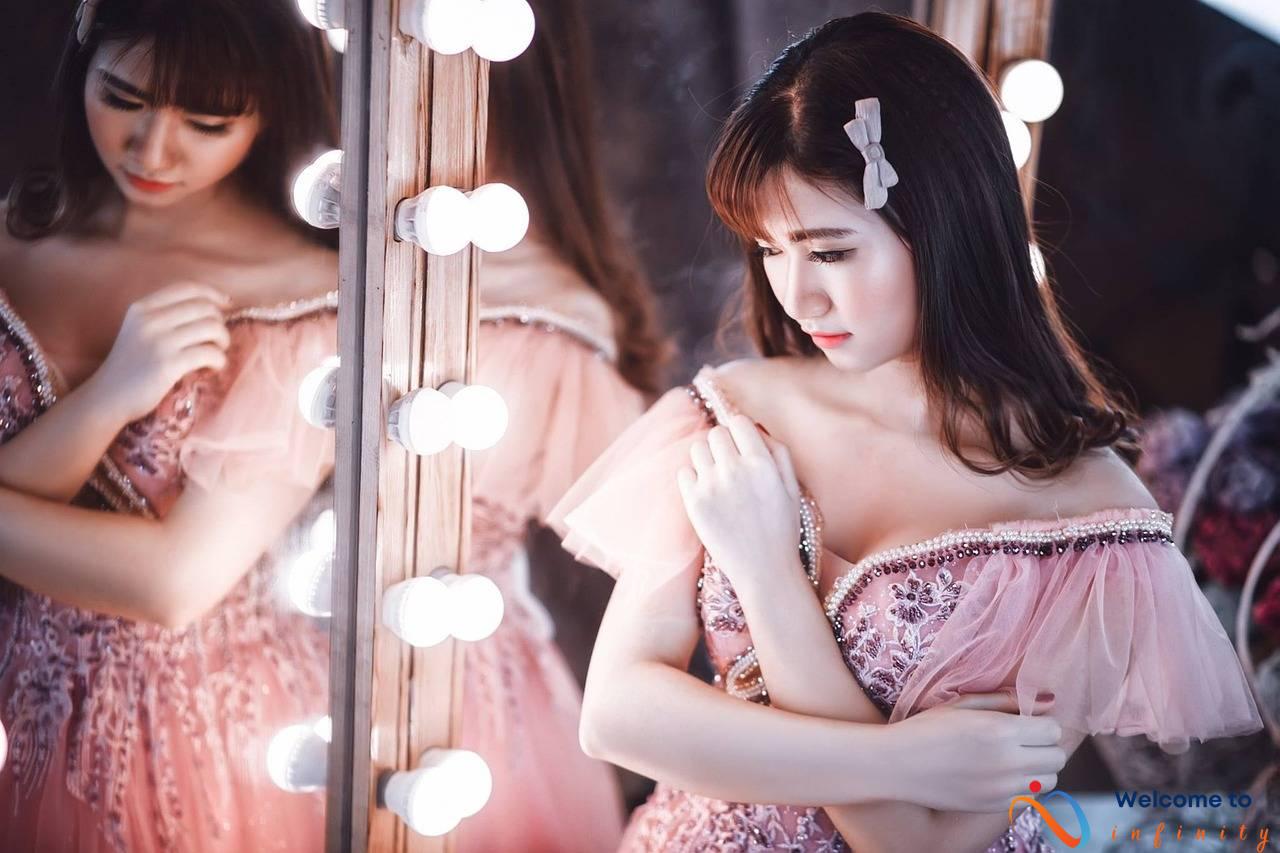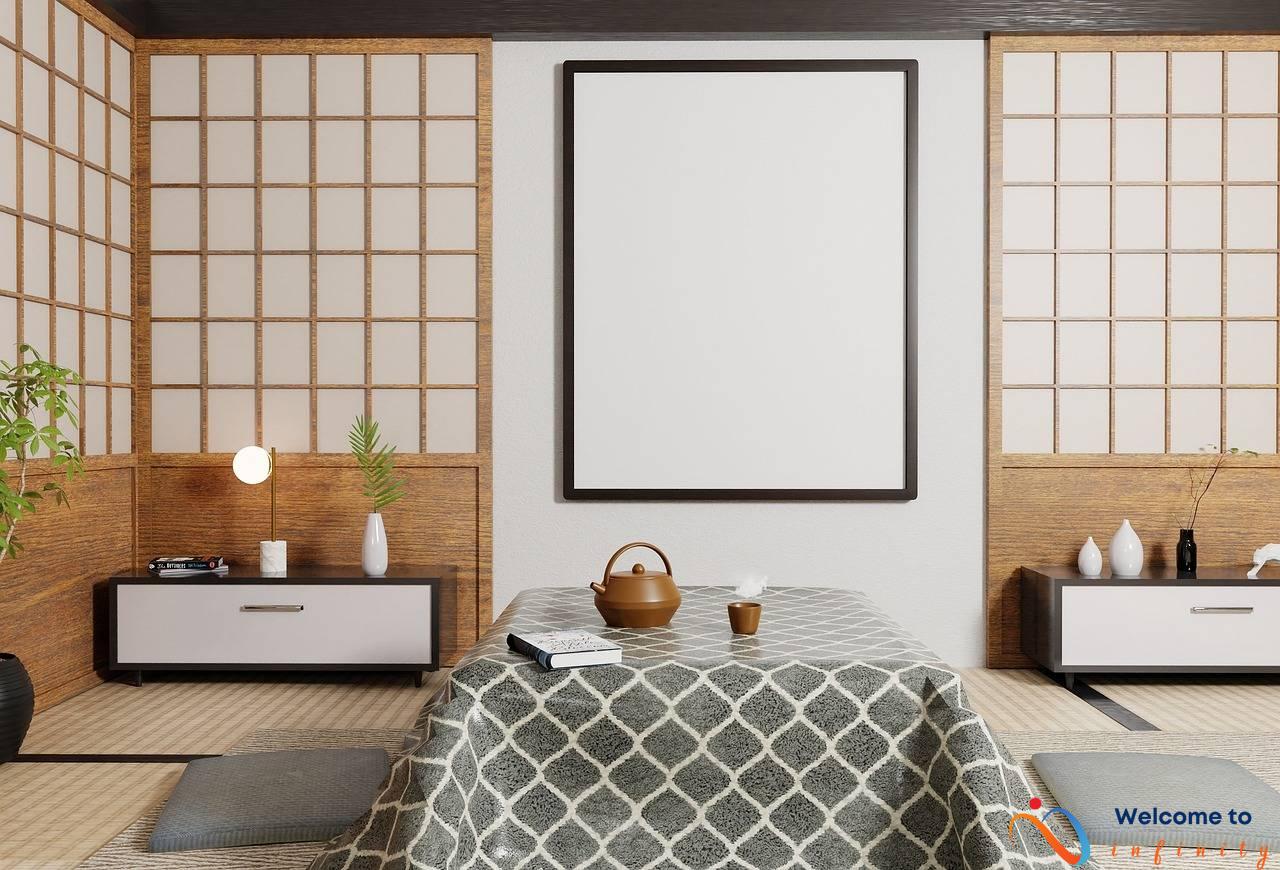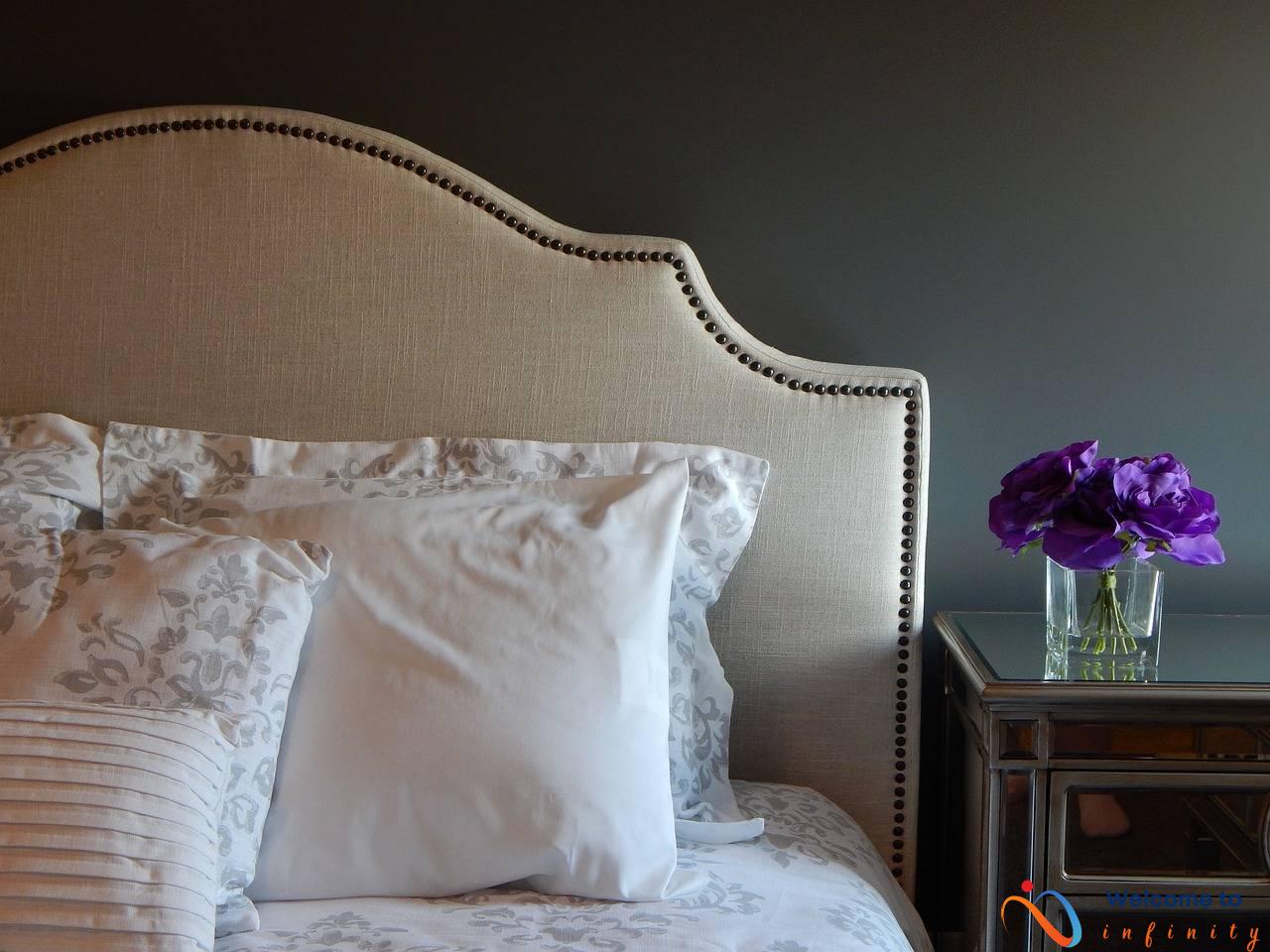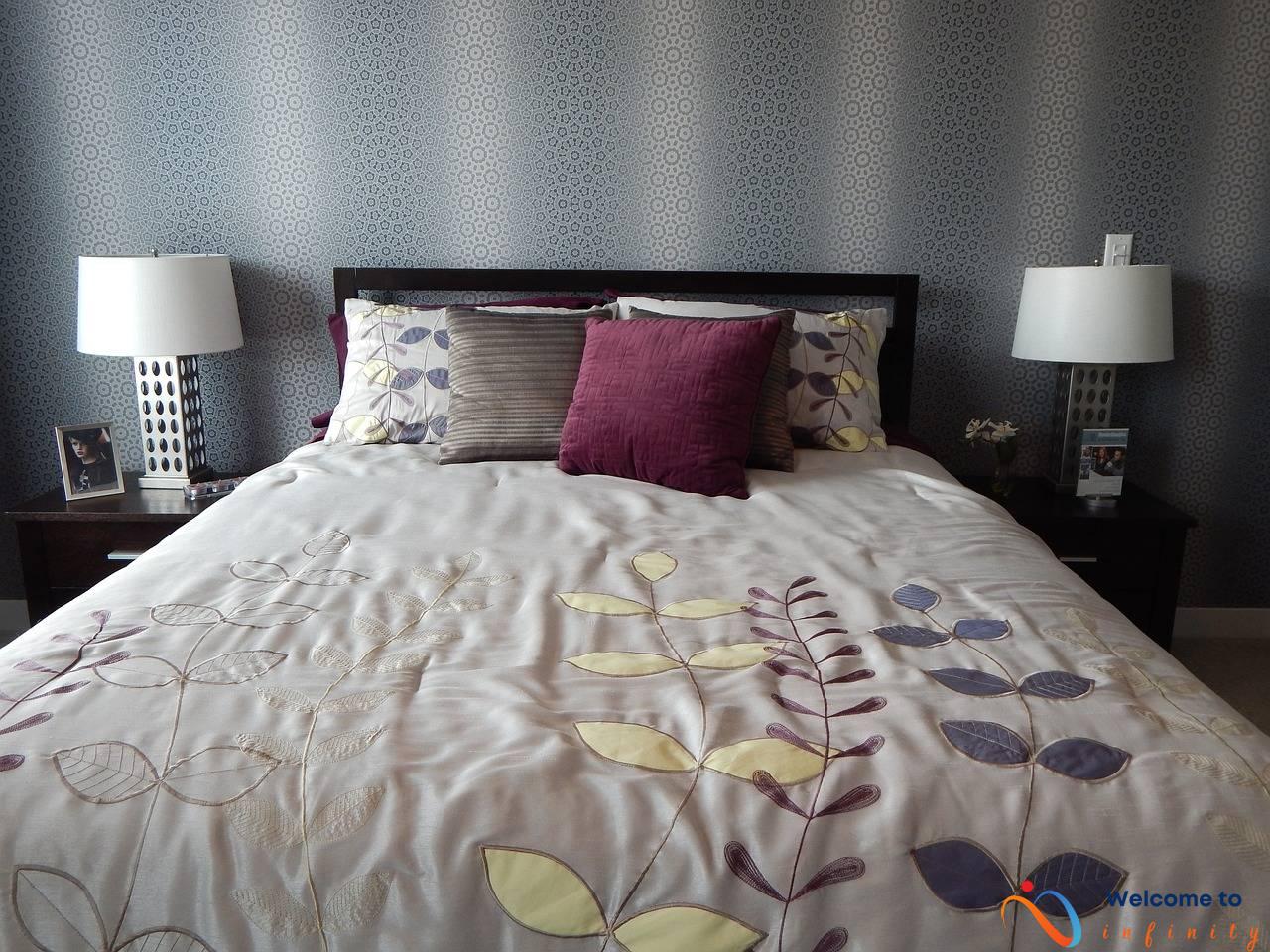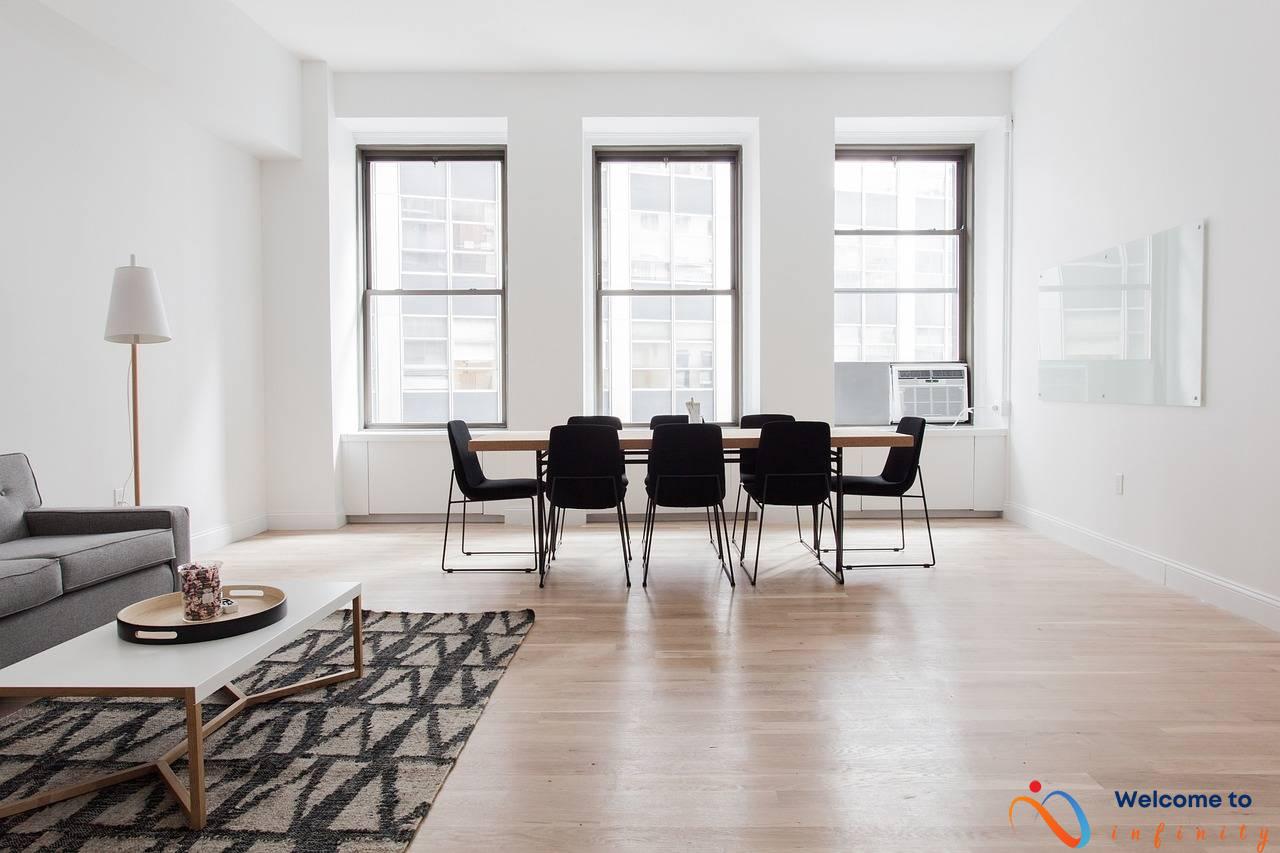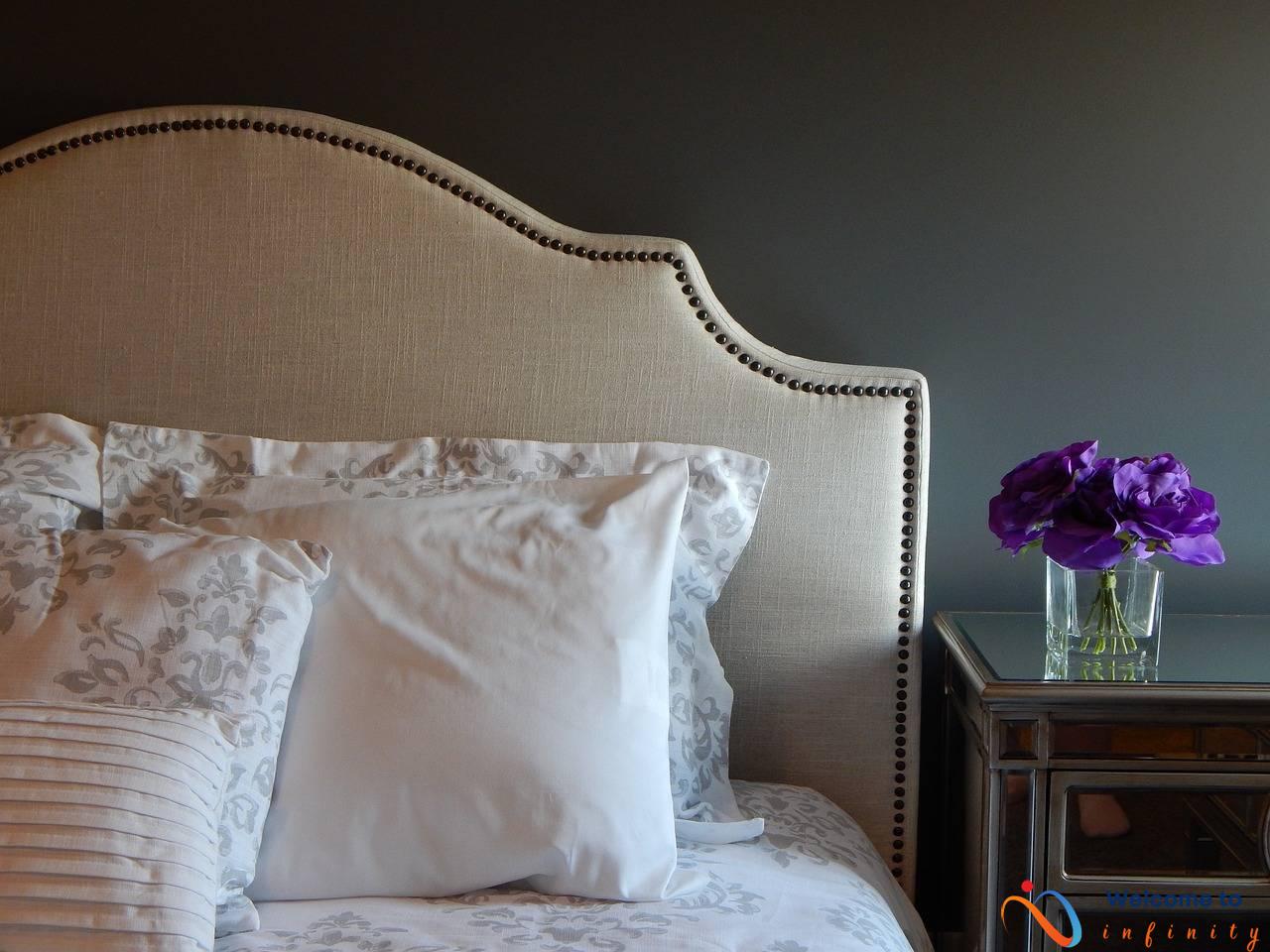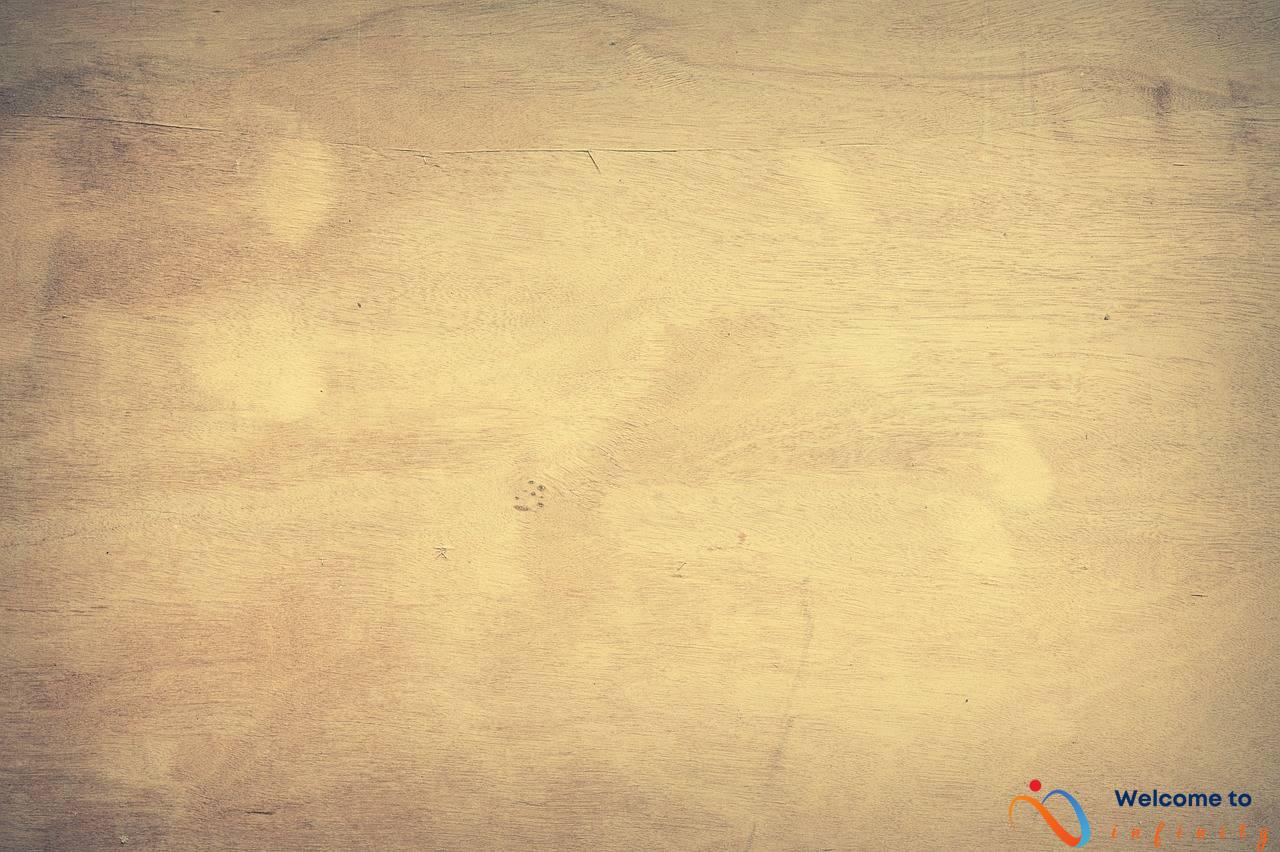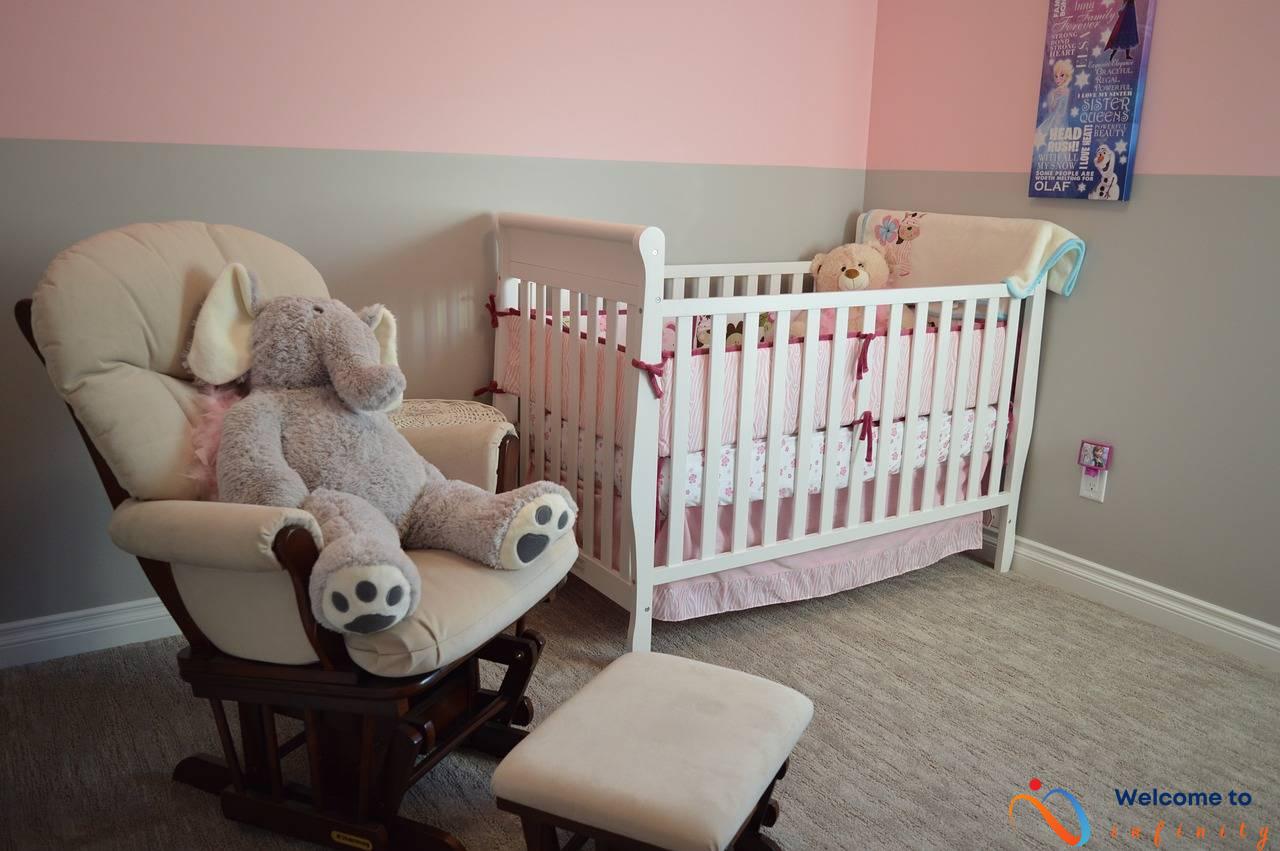If you are a design enthusiast and appreciate the beauty of simplicity and functionality, there is no doubt that Mid-Century Modern and Scandinavian designs are two styles that are incredibly appealing to you. In this article, we will dive into the world of design and explore the intersection of Mid-Century Modern and Scandinavian styles.
Both styles are characterized by their clean lines and minimalism, but they have distinct differences that set them apart. The article will examine what these differences are and how the two styles influenced each other in the past.
We will explore the origins of both styles, with Mid-Century Modern design emerging in America during the 1950s, and Scandinavian design originating in Nordic countries during the Mid-20th century. While their origins are separate, both styles have unique attributes that converge at the intersection, resulting in a fusion of warmth, functionality, and aesthetics.
One of the similarities between these two styles is their preference for natural materials and wood. In contrast, Mid-Century Modern design highlights its ornate patterns and textures, while Scandinavian design prefers simplicity and minimalism. Mid-Century Modern design emphasizes form and aesthetics, while Scandinavian design places more emphasis on function and practicality. However, there has been a harmonious confluence between the two styles, leading to impressive architectural and interior designs.
In conclusion, the combination of Mid-Century Modern and Scandinavian design styles has resulted in aesthetics and functionality that continue to influence contemporary design principles. If you want to incorporate elements of both styles into your design, consider the similarities and differences to achieve a fusion of simplicity, warmth, and functionality.
Origins of Mid-Century Modern Design
The post-World War II era saw a tremendous shift in American design philosophy and aesthetics. It was during this time that Mid-Century Modern design, also known as MCM, emerged as a dominant force in American design. MCM design is characterized by its clean lines, simple forms, use of natural materials, and focus on functionality.
The name MCM comes from the idea that this design philosophy represented a “mid-century” point between the end of World War II and the tumultuous 1960s, a period of great cultural and social change. MCM designers sought to capture the sense of optimism that characterized this period and incorporate it into their designs.
MCM design was heavily influenced by the Bauhaus school of design, which originated in Germany in the 1920s. Like the Bauhaus philosophy, MCM designers sought to bridge the gap between art and industry by creating functional yet beautiful objects that could be mass-produced. This approach quickly gained popularity, with designers like Charles and Ray Eames, George Nelson, and Eero Saarinen leading the charge.
MCM design quickly became a staple of American architecture and interior design, characterized by its simplicity, functionality, and emphasis on natural materials like wood and stone. Today, MCM design has enjoyed a renewed resurgence, as designers and homeowners alike seek to capture the sense of optimism and simplicity that characterized the post-World War II era.
Origins of Scandinavian Design
Scandinavian design emerged in the mid-20th century, originating in Nordic countries such as Denmark, Sweden, Norway, Finland, and Iceland. Inspired by the harsh weather conditions and long winter nights, Scandinavian design aimed to create functional and comfortable living spaces that were also aesthetically pleasing.
The design principles of Scandinavian design prioritize simplicity and minimalism, incorporating natural materials such as wood, leather, and stone. The use of light is also significant in Scandinavian design, with a preference for large windows that allow natural light to flood the interiors.
One of the key characteristics of Scandinavian design is functionality. Furniture and accessories are designed to be practical, efficient, and durable while still maintaining an elegant and timeless aesthetic. Scandinavian designers aim to create pieces that are not only visually appealing but also serve a specific purpose.
Scandinavian design is also notable for its use of muted colors and neutral tones, with the occasional pop of brighter and bolder colors. This color palette is intended to create a calming and relaxing atmosphere, essential for the long Scandinavian winters.
Key Similarities
Mid-Century Modern and Scandinavian design styles may have emerged from different parts of the world, but they share many commonalities. The first similarity between the two is the importance placed on functionality and simplicity in their designs. Both styles aim to create aesthetically pleasing yet functional designs that enhance daily life.
Another similarity between the two styles is their emphasis on clean lines and natural materials. Mid-Century Modern and Scandinavian designs feature clean, uncluttered lines, which create a sense of order and simplicity. The use of natural materials like wood is also an essential feature in both styles, which adds warmth and texture to the design.
When it comes to color palettes, both styles have a preference for light, neutral colors, such as white, beige, gray, and black. These colors help to create the illusion of more space and light, making them perfect for smaller apartments or homes. Occasionally, both styles may also incorporate bold accent colors in their designs to add interest to a space.
In summary, Mid-Century Modern and Scandinavian designs share a common ground in their focus on functionality and simplicity, preference for clean lines and natural materials, and use of light and neutral color palettes. Knowing these similarities can help one mix and match elements from both styles to create unique and visually appealing designs.
Use of Wood
The use of wood is a common thread in both Mid-Century Modern and Scandinavian designs. Both styles value the natural warmth and texture of wood, using it in furniture, architecture, and decor. Mid-Century Modern design often features wood finishes such as teak, walnut, and oak in its furniture pieces. The wood is often left untreated or finished with a minimalist touch, highlighting the wood's natural beauty.
Scandinavian design also embraces wood, using it in furniture, flooring, and wall paneling. However, Scandinavian design places a greater emphasis on light-colored woods such as birch, beech, and pine. The focus is on using natural wood finishes to create a warm, inviting atmosphere with simple and functional designs.
Designers have found creative ways to blend these two styles, using wood as a common thread. For example, furniture pieces with a Mid-Century Modern flair may feature lighter woods or a Scandinavian-inspired design. Alternatively, Scandinavian-inspired furniture may feature darker, Mid-Century Modern finishes.
Overall, the use of wood is a unifying element in both Mid-Century Modern and Scandinavian designs. It brings warmth, texture, and natural beauty to any space, while also emphasizing the simple, functional, and minimalist principles of these design styles.
Color Palettes
When it comes to color palettes, both Mid-Century Modern and Scandinavian design tend to gravitate towards light and natural shades. Neutral hues like white, beige, and gray are staples in both styles, creating a clean and calming atmosphere. Natural materials like wood and leather also influence the color schemes, with warm and earthy tones complementing the overall aesthetic.
Despite the emphasis on natural hues, both styles also appreciate the occasional pop of bold color. Mid-century modern was known for incorporating bright and bold hues such as avocado green, mustard yellow, and burnt orange. Meanwhile, Scandinavian design might include a bright red throw pillow on a crisp white sofa or a vibrant piece of artwork to break up the neutral color scheme.
Overall, the color palette in the intersection of Mid-Century Modern and Scandinavian design is a perfect balance between light and natural shades and bold accents. By incorporating pops of color into an otherwise neutral environment, these styles create a harmonious and lively atmosphere. Whether you prefer warm and earthy tones or bright and bold colors, the fusion of these two design concepts offers endless possibilities for creating a unique and vibrant space.
Key Differences
Despite having several similarities, Mid-Century Modern and Scandinavian designs differ in several key aspects. Mid-Century Modern design prioritizes form and aesthetics and often features more ornate patterns and textures than its Scandinavian counterpart. On the other hand, Scandinavian design emphasizes practicality and functionality over form. Therefore, it leans towards minimalism and simplicity as opposed to Mid-Century Modern's ornate and intricate designs.
The use of ornamentation is also one of the significant differences between the two design styles. Mid-Century Modern designs often incorporate complex shapes and intricate detailing with a focus on creating visually striking pieces. In contrast, Scandinavian designs prefer unadorned simplicity, with clean lines and minimal aesthetics.
Another notable difference is the use of materials in both design styles. While Mid-Century Modern design makes use of materials like plastic, chrome, and fiberglass, Scandinavian designs feature natural and indigenous materials like wood, leather, and wool. This apparent preference for natural materials can be attributed to the Scandinavian region's accessibility to woods and other natural resources.
Furthermore, while Mid-Century Modern designs lean towards more vibrant color palettes that include bold and bright hues, Scandinavian designs often feature light, natural, and muted color palettes, with the occasional bold accent. This preference for light color palettes in Scandinavian designs reflects the region's long, dark winters, where light colors help to evoke a sense of warmth and brightness.
In summary, both Mid-Century Modern and Scandinavian designs share similarities that emphasize functionality, simplicity, and natural materials. However, they differ significantly in aesthetics, materials, and color palettes that reflect their respective regions and design ideologies.
Form vs. Function
When it comes to Mid-Century Modern and Scandinavian design, one of the most significant differences between the two is their approach to form and function. Mid-Century Modern design, which emerged in the United States during the 1950s, is known for prioritizing form and aesthetics over practicality. This style often features bold colors, patterns, and textures, as well as unique shapes and asymmetrical designs.
On the other hand, Scandinavian design emphasizes function and practicality above all else. This design philosophy emerged in Nordic countries during the mid-20th century and is characterized by a focus on simplicity, natural materials, and optimizing small spaces for maximum efficiency. Scandinavian design often utilizes neutral color palettes and clean lines to achieve a sense of calm and orderliness.
While Mid-Century Modern and Scandinavian design may seem vastly different in their approach to form vs. function, these two styles can actually complement each other quite well. By combining the elegance and unique shapes of Mid-Century Modern design with the practicality and simplicity of Scandinavian design, designers can create highly functional and aesthetically pleasing spaces.
- One example of this fusion could be seen in an architect's work to create a modern living space in a small apartment. By utilizing Mid-Century Modern design, the architect incorporated a unique and functional built-in storage unit with an asymmetrical design that fits seamlessly into the space. At the same time, the use of natural materials and a neutral color palette in the design nods to Scandinavian influences.
- Another example could be seen in a designer's use of furniture. A Mid-Century Modern-inspired sofa with bold colors, unique shapes, and a comfortable design can be paired with a Scandinavian-inspired coffee table made of natural wood, clean lines, and minimalist design to create a beautifully designed and functional living room.
In conclusion, the differences between Mid-Century Modern and Scandinavian design in their approach to form and function are significant. However, by combining the best of both styles, designers can create truly impressive aesthetics and highly functional spaces that are sure to inspire awe and admiration.
Ornamentation
Mid-Century Modern design often features more ornate patterns and textures compared to Scandinavian design, which tends to prefer simplicity and minimalism. Mid-Century Modern design uses bold and geometric shapes, bold prints, and textured fabrics in furniture, art, and decor to create unique visual interest. Ornamentation is also utilized in Mid-Century Modern architecture, with intricate details and angles in buildings.
On the other hand, Scandinavian design emphasizes simplicity, minimalism, and functionality. It uses muted, neutral colors, natural textures, and minimalist designs with little to no embellishments. The focus is on enhancing the natural beauty of the materials used in the design, such as wood and metal. This style also utilizes symmetry, clean lines, and straight edges in furniture, architecture, and decor.
Thus, the difference in ornamentation is a defining characteristic of these two design styles. Mid-Century Modern tends to prioritize aesthetics and visual interest, while Scandinavian design places more importance on functionality and practicality. However, both styles are still able to achieve a unique and timeless look that continues to inspire contemporary design today.
Fusion of Styles
The Mid-Century Modern and Scandinavian design styles have come together to create a unique fusion of functionality, simplicity, and warmth.
One example of this fusion can be seen in architectural designs. Architects have incorporated the clean lines and simplicity of Scandinavian style with the warmth and use of wood found in Mid-Century Modern design to create stunning buildings that are both aesthetically pleasing and functional.
Interior designers have also successfully merged these two styles, creating spaces that are minimalistic, yet inviting. The use of natural materials such as wood and stone coupled with a light color palette creates a warm and inviting atmosphere.
In furniture design, the fusion of these two styles can be seen in pieces that are simple yet functional, with a focus on clean lines and natural materials. This fusion has resulted in furniture that is both stylish and practical, creating an environment where form meets function.
- The intersection of Mid-Century Modern and Scandinavian design has produced a unique fusion of functionality, simplicity, and warmth.
- Architects have combined clean lines and simplicity with warmth and natural materials to create stunning buildings.
- Interior designers have created spaces that are simple yet inviting, with the use of natural materials and light color palettes.
- Furniture designers have merged these styles to create practical yet stylish pieces, where form meets function.
The fusion of Mid-Century Modern and Scandinavian design principles has become a popular trend, influencing contemporary design across the world.
Examples of Fusion
Designers have been able to merge Mid-Century Modern and Scandinavian design principles, resulting in impressive architecture and interior design aesthetics. For instance, the fusion of the two styles showcases clean lines, warm wood tones, and natural light. The combination can be seen in the use of Mid-Century Modern furniture in Scandinavian-styled living rooms or the use of light and minimalist themes in architectural designs.
The fusion of these two styles has also given rise to a design principle known as Scandi Modern. It brings together the best of Mid-Century Modern and Scandinavian design principles to create a timeless aesthetic characterized by minimalism and functionality. One can see the fusion exhibited in the design of furniture, lighting fixtures, and everyday items like kitchen utensils.
This style is evident in the use of wood finishes and shades, which create a sense of warmth and simplicity. It can also be seen in the incorporation of bare bulbs and metal accents in lighting fixtures, generating an industrial yet minimalist feel. This fusion is a clear indication of how the intersection of Mid-Century Modern and Scandinavian design principles has culminated in a unique and inspiring aesthetic.
Conclusion
In conclusion, the fusion of Mid-Century Modern and Scandinavian design principles has resulted in a unique aesthetic that combines practicality, warmth, and simplicity. By integrating the clean lines and use of natural materials of Scandinavian design with the ornate patterns and textures of Mid-Century Modern design, architects and designers have created a new style that appeals to a wide range of tastes and preferences.
This fusion has had a significant impact on contemporary design principles, influencing everything from furniture to interior décor and architecture. Elements such as the use of wood and natural materials, light and natural color palettes, and an emphasis on functionality and practicality have become essential components of modern design.
Overall, the intersection of Mid-Century Modern and Scandinavian design has created a style that is timeless, versatile, and inspiring. It has provided a new way of thinking about design, encouraging architects and designers to embrace a more holistic approach that values functionality and aesthetics equally. As these principles continue to evolve, we can expect to see even more exciting and innovative designs emerge that build on this rich tradition of design excellence
.

